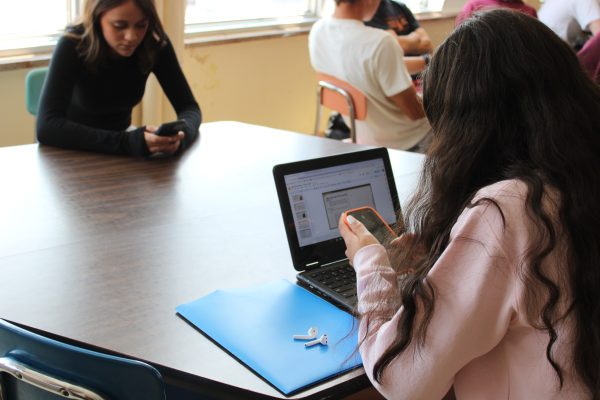Asynchronous days hurtful to routines
Five-day school week necessary
December 3, 2021
Last year, many students enjoyed the asynchronous Wednesdays. Students could check into Park Connections and be done with Zoom for the day. However, this upending of natural rhythm only causes harm to students with in-person school. To counter this, administration should have only synchronous days and return to the classic system of school.
Asynchronous days are a thing of the past. As many students have come back to in-person school, they have gotten used to the schedule of five-full school days a week. But with the new asynchronous-day conference format, students were required to reply to their Park Connections teacher by 10 a.m. Personally, I got up by 10 a.m. so it’s no trouble for me to do this. But I believe many students perceived this as a day off. They didn’t get up by then and were marked as an unexcused absence. Then, they will get off to a bad start in the day, which could lead to decreased productivity.
Continuing to add asynchronous days will make students think they won’t have to do any work because they’re not in their normal work environment. We will go back to the same issue of students being unproductive at home because they can’t focus or will be distracted. When students are in school, it is expected that they are attentive and focus on work. But at home, students may have other responsibilities like walking dogs, chores or distractions that will keep them from doing their asynchronous assignments. Students will end up getting behind on work just because they weren’t forced to go to school.
Even though asynchronous days give the opportunity for clubs to meet and students to seek one-on-one help, this interrupts the natural flow of school. The purpose of asynchronous days is to give time for students to do work. But if numerous clubs are meeting on asynchronous days, some students may not even look at their school work because they’ll be stuck attending those meetings.
Finally, while certain students may be able to hang out with their friends during asynchronous days, the students who don’t have transportation or have to stay home may lose the social aspect of school. During these asynchronous days, they’ll be sitting on screens and won’t be having discussions with their friends. They’ll be missing two of the most important things school provides: interaction and learning.
While asynchronous days may provide a break of in-person school for students, it leads to decreased productivity for students who sleep in or those who can’t leave their home. Additionally, clubs, responsibilities and sports can distract students from their learning — creating a learning gap between students.









